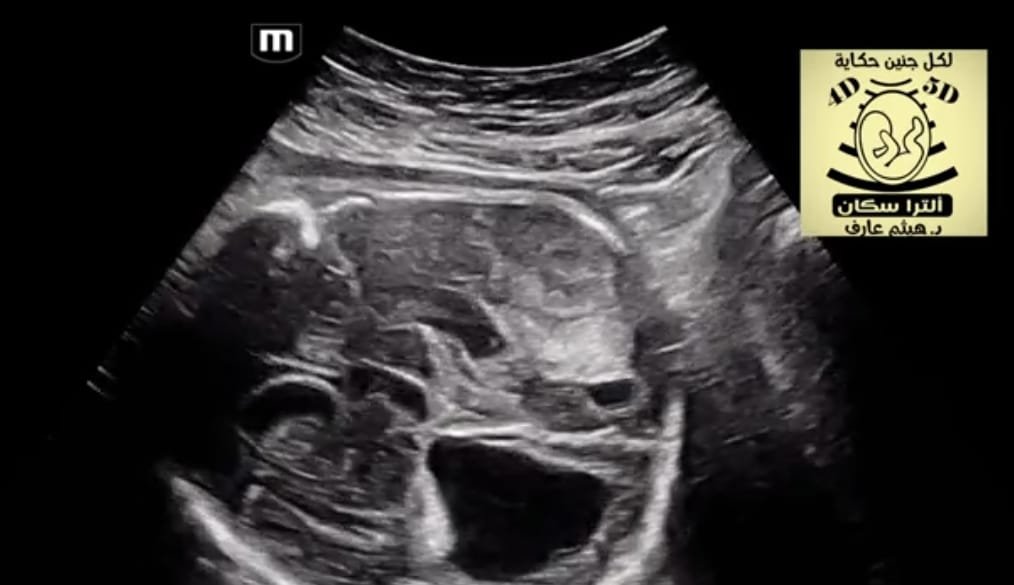Fetal intracranial hemorrhage ultrasound
Hemorrhages can occur in a number of situations:mechanical trauma, e.g. maternal abdominal blunt or birth traumasevere fetal hypoxiabackground fetal thrombocytopenia, e.g. congenital factor X and factor V deficienciesmaternal thrombocytopeniaalloimmune and idiopathic thrombocytopeniavon Willebrand diseasespecific medications, e.g. warfarin, illicit drug (cocaine) abusehemorrhage into a fetal intracranial tumortwin-twin transfusion 5demise of a co-twin 5Radiographic feauturesAntenatal ultrasoundThe sonographic appearance of fetal intracranial hemorrhage is extremely variable, depending on its location and age of the hemorrhage. A massive intraparenchymal hemorrhage can sometimes be seen as an irregular hyperechoic mass. As the hemorrhage matures, porencephalic cyst formation or fetal intracranial calcification may be seen.Treatment and prognosisThe outcome is usually poor particularly with parenchymal and subdural hemorrhage, whereas it is better in the subgroup with intraventricular hemorrhage.


